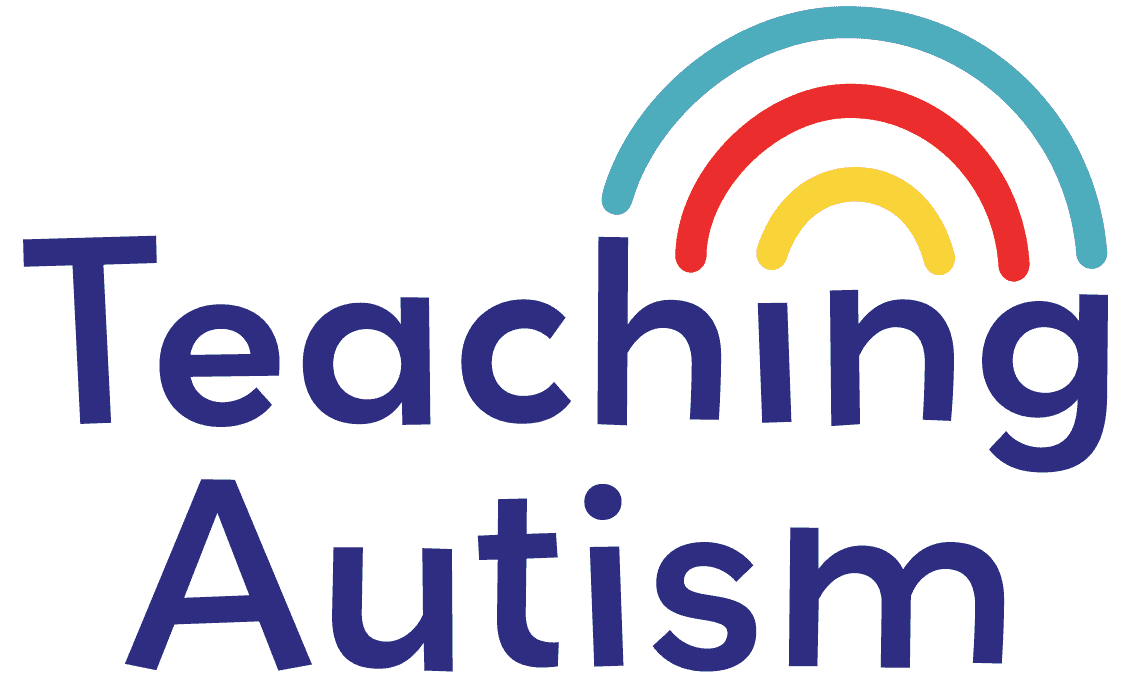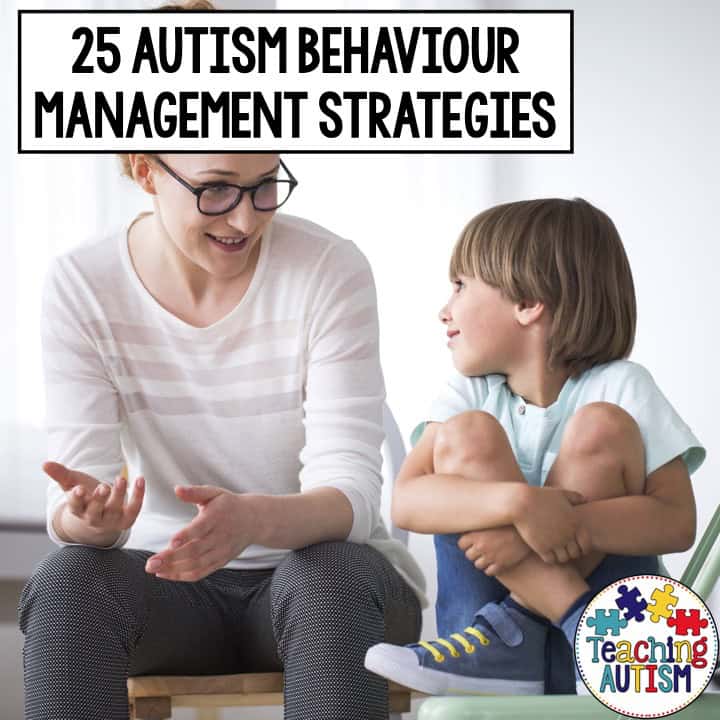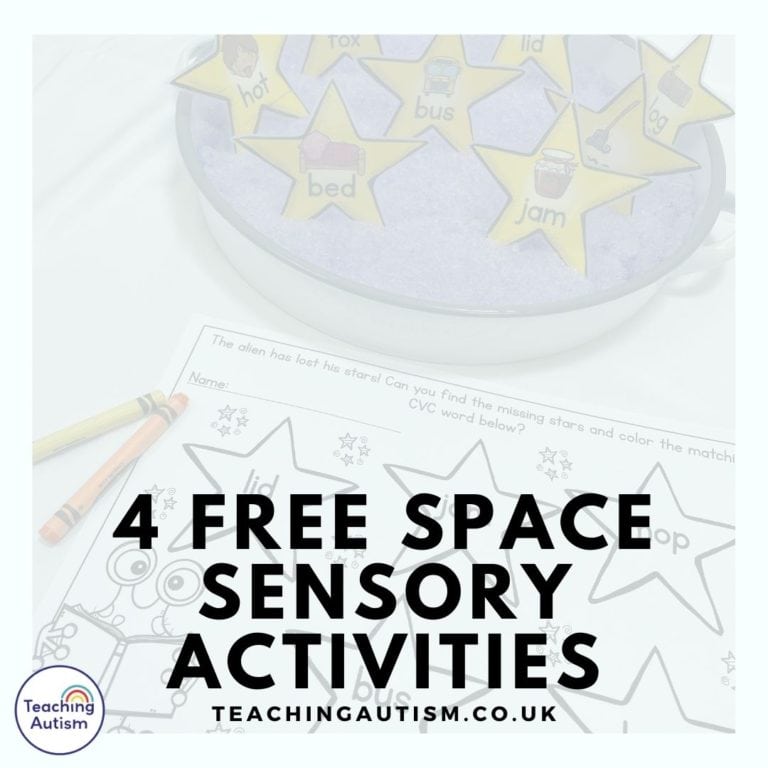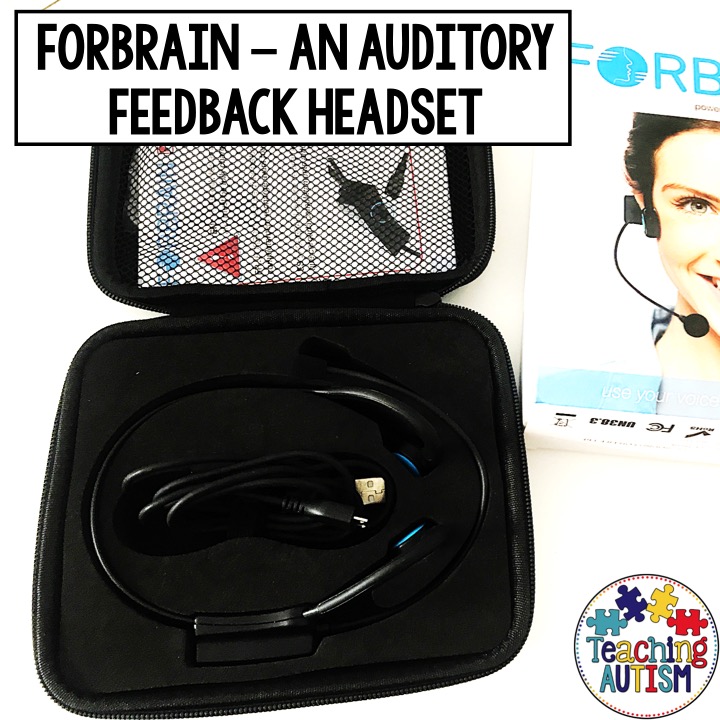Why Do Some Kids Engage in Repetitive Behaviors? Understanding the Need for Stimming
In this blog post today I’m talking all about why do some kids engage in repetitive behaviors? And understanding the importance of and need for stimming.
Let’s talk about something that’s often misunderstood but SO important: stimming.
You’ve probably seen it before, maybe a student flaps their hands when they’re excited, rocks back and forth during group time, lines up toys in a perfect row, or repeats the same phrase over and over like a little echo.
And let’s be real: if you’re new to the world of neurodivergence, your first instinct might be to stop those behaviors. That’s what many of us were taught, right?
But hold up. Before we redirect, let’s understand.
Because stimming isn’t a “problem” to fix. It’s a need. A form of communication, regulation, and sometimes even joy. I also have a whole blog post talking about stimming that you may find helpful too!
So let’s take a little deep dive into why some of our students engage in repetitive behaviors, what stimming actually is, and how we can support our students in ways that are affirming.. Not limiting.
What Is Stimming, Anyway?
Stimming (short for self-stimulatory behavior) is exactly what it sounds like: repetitive actions or movements that stimulate one or more of the senses.
This can include:
- Hand flapping
- Rocking or spinning
- Repeating words or phrases (echolalia)
- Tapping or drumming fingers
- Staring at lights or spinning objects
- Chewing or mouthing items
- Lining things up
- Jumping, bouncing, pacing… you get the idea!
Basically, if it’s repetitive and seems to serve a sensory or emotional purpose, it’s probably a stim.
And here’s the big one: everybody stims.
You twirl your hair when you’re thinking? Tap your pen during meetings? Bounce your knee under the desk? Yup, that’s stimming too.
Why Do Students Stim?
Stimming can be a window into what a student is feeling, needing, or experiencing. Here are some of the most common reasons neurodivergent kids stim:
Sensory Regulation
Some students experience the world more intensely; louder, brighter, itchier, buzzier. Stimming can help balance that out. It’s a way to self-soothe or manage sensory input.
“The lights are buzzing, the room is noisy, everything feels too much.. So I rock to ground myself.”
Emotional Expression
Excited? Anxious? Happy? Overwhelmed? All of the above? Stimming can be a way to release emotions safely.
“I flap my hands when I’m thrilled—it’s like my joy has to go somewhere!”
Communication
When language is hard or unavailable, repetitive behaviors can communicate a need, a preference, or a feeling.
“I repeat your question because I’m trying to process it.”
Joy and Comfort
Sometimes stimming is just fun. It feels good. It’s familiar. And it’s calming.
“I like the way the fan spins. Watching it helps me feel safe.”
Should We Stop Stimming?
Let me be clear here: No.
Unless a stim is actively harmful (like head-banging or chewing unsafe objects), the answer is a big, loving NO. And I have a whole blog post discussing this more in-depth.
We don’t need to “train” our students out of stimming. We need to understand it, make space for it, and support it where possible.
Trying to suppress or control stimming can lead to more distress, anxiety, and even trauma. It teaches our students that their natural coping strategies are “bad” and we never want to send that message.
How Can We Support Stimming in the Classroom (and at Home)?
Here are some simple, practical ways we can embrace and support our students’ stims:
1. Create a Stim-Positive Environment
Talk openly and neutrally about stimming.
- “I noticed you’re flapping your hands! Are you feeling excited?”
- “Rocking can help our bodies feel calm sometimes.”
Normalize it. Let it be.
2. Offer Safe Stimming Tools
Sometimes our students need alternatives to stay safe or meet sensory needs in more classroom-friendly ways.
Try:
- Chewelry or chewable toys
- Fidget tools (spinners, squishies, pop-its)
- Weighted items
- Noise-cancelling headphones
- Visual stim items (spinners, light toys, lava lamps)
Have a stim station or calming area in your classroom where kids can stim freely when they need to.
3. Observe the Function
Notice when and why the stimming happens.
- Is it a response to noise?
- A signal of joy or stress?
- A way to transition between activities?
Understanding the “why” helps us support the whole child, not just the surface behavior.
4. Educate Others
Let’s be real… Some adults (and kids!) still see stimming as “weird” or disruptive.
So be the advocate. Model acceptance. Teach students and staff that stimming is just another way people experience the world.
You could say:
- “We all have ways of helping our bodies feel good.”
- “That’s just how they express excitement!”
- “Different doesn’t mean wrong.”
Repetitive behaviors aren’t broken signals. They’re beautiful, complex ways of navigating a world that often isn’t designed with neurodivergent brains in mind.
When we look beyond the behavior and into the need behind it, we can:
- Build trust
- Support regulation
- Celebrate authenticity
So next time you see a child stimming.. Just pause. Breathe. Smile. And remind yourself: they’re doing exactly what they need to do.
Stimming is not the problem. And you have the power to create a space where neurodivergent kids can stim freely and safely.
P.S. Want some calming visuals, sensory support ideas, or ready-to-go classroom tools? Check out the Teaching Autism Freebie Library or explore my Task Box Library for hands-on supports made just for our neurodivergent learners!
If you found this blog post helpful please consider sharing it with your friends and colleagues on socia media.
Helpful Links
You may also like;
- Should I Stop My Student Stimming?
- How to Help Students Who Get Stuck in Power Struggles (Without Making It Worse!)
- Free Calm Down Strategies
- What is Masking?
P.S. Have you signed up for my VIP membership yet? If not, head on over and sign up now. You’ll get access to hundreds and hundreds of resources, templates, crafts and more being uploaded every month!
Nikki









One Comment